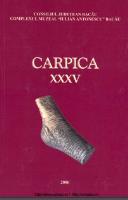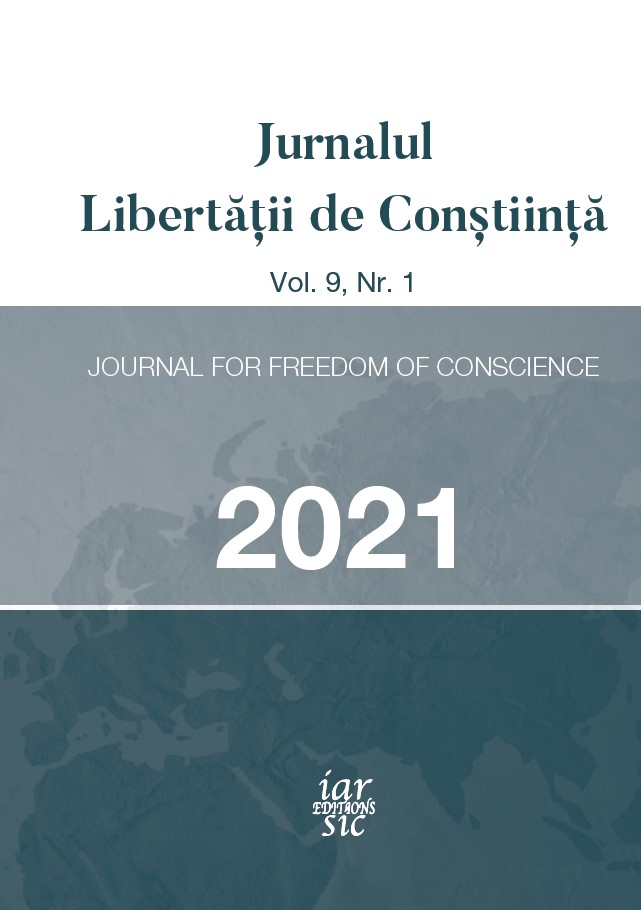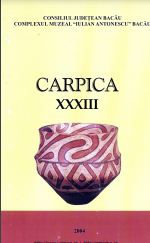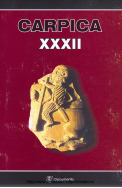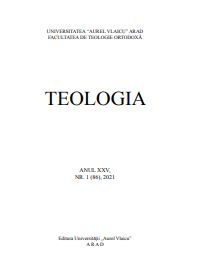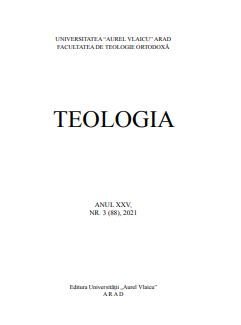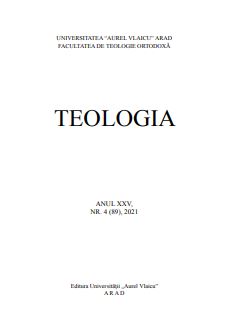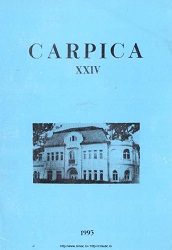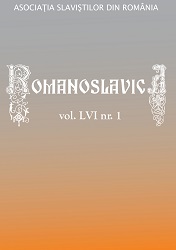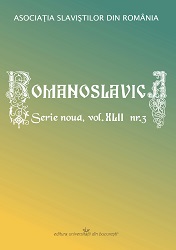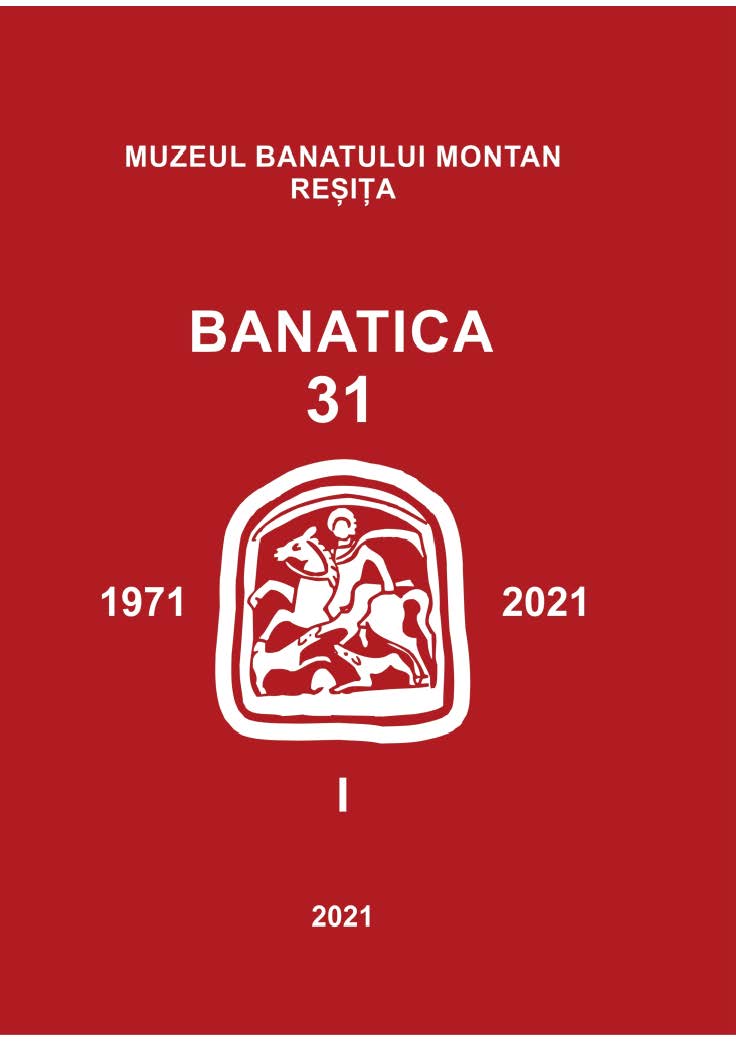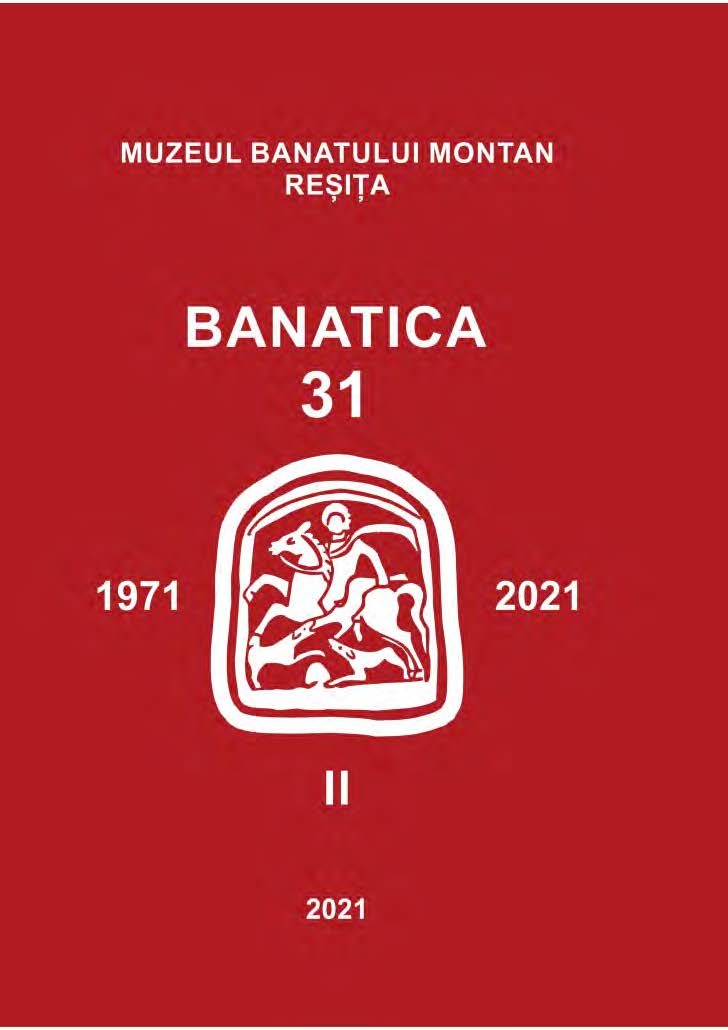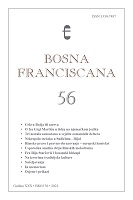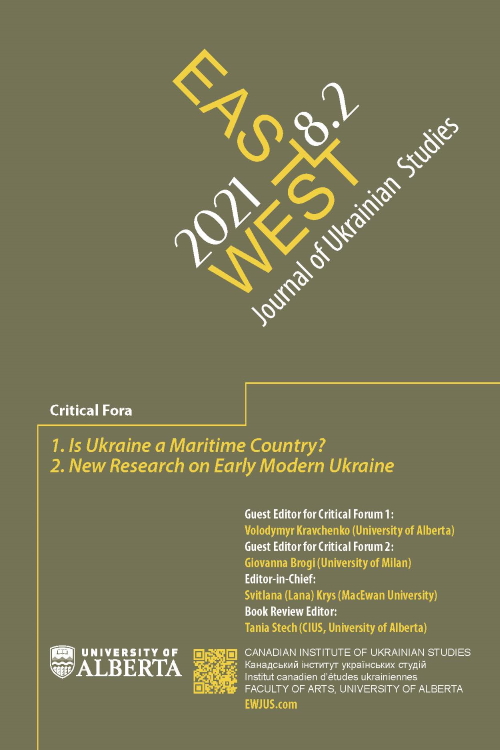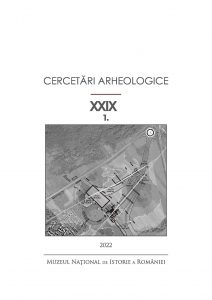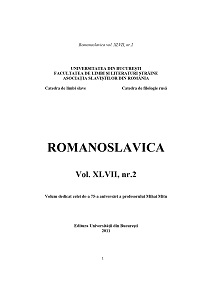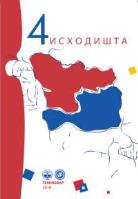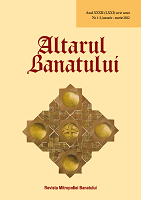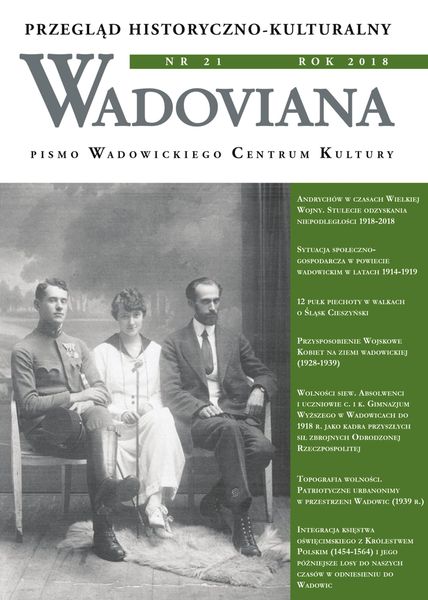
Wielu z nich kształciło się lub pracowało w Wadowicach. Męczennicy polskiego Karmelu Terezjańskiego
The article focuses on the martyrs of the Carmelite order. The author describes the figures of the religious fathers and lay brothers: Makary Demeski (murdered by the Tatars), Hilary (murdered by the Cossacks), Maciej, Samuel, Kandyd, Cyryl, Pachoni and Hilarion Andrzej Kalysz (murdered by the Swedes), Pachomi and Emanuel (murdered by the Turks), Salezy, Atanazy Franciszek Dubielski, Dominik Sarnicki and Salezy Józef Martusiewicz (murdered by the Russians), Kamil Józef Gleczman and Cyprian Jan Lasoń (murdered by the Ukrainians chauvinists during World War II), Fidelis Teofil Krawiec, Gracjan Władysław Głowacz, Anatol Stefan Radkiewicz, Franciszek Jerzy Powiertowski and Alfons Maria Józef Mazurek (murdered by the Germans during Warlad War II).
More...
